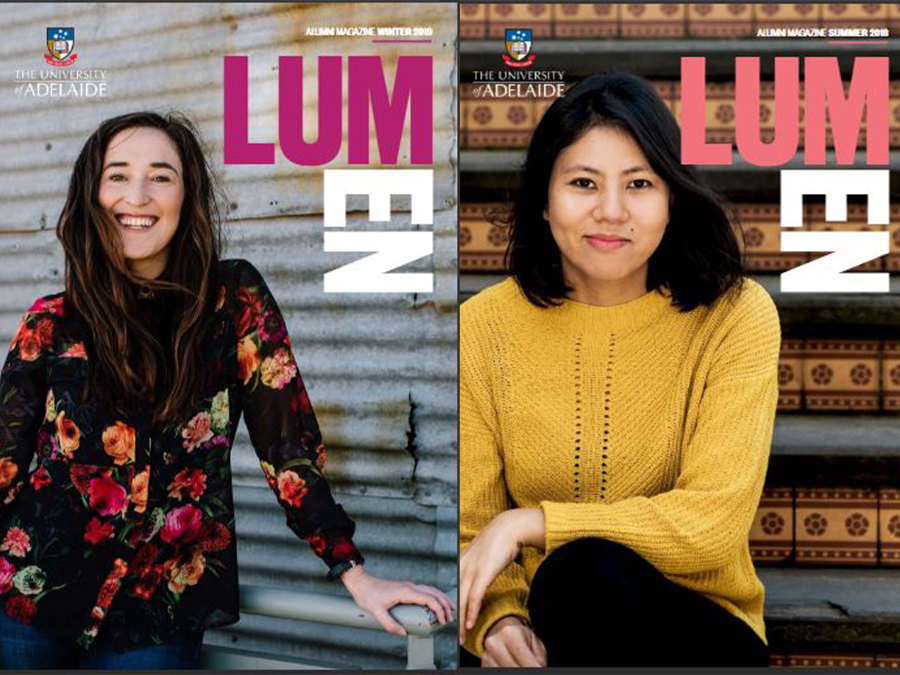Medical School attracts Australia's best
Tuesday, 18 January 2005
The University of Adelaide's Medical School continues to attract the nation's top students, based on a record number of high-quality applications for 2005.
More than 2000 school leavers from across Australia, including Sydney and Melbourne, have applied to study medicine at one of the most respected schools in the country.
"Our national program is highly regarded and this is evidenced by the increasing number of applications from across the country each year," says Professor Derek Frewin, Executive Dean, Faculty of Health Sciences, University of Adelaide.
Professor Frewin says he would strongly encourage the interstate students to remain and practise in South Australia after graduating.
"Of those who received offers today, 10 had Perfect Scores while the overall average TER is 99. Medicine also continues to be a popular profession among females who occupied 60 per cent of the applicant pool," says Professor Frewin.
"I am also pleased that we have sent a number of offers to rural South Australia in areas such as Mount Gambier, Murray Bridge, Tailem Bend and Strathalbyn."
The University of Adelaide has a selection process based on a national written examination of logical reasoning and problem solving; interaction skills and non-verbal reasoning; a 45-minute structured interview or oral assessment, and a threshold TER.
This process has received strong endorsements from respected bodies and individuals such as the State Ombudsman, the Equal Opportunity Commissioner, the Australian Medical Council and the Committee of Deans of Australian Medical Schools.
Despite the demand for this program, the University is only permitted to make 104 places available, in accordance with Federal Government allocations. Professor Frewin said the final quota would comprise 75 Commonwealth-supported places, 13 Bonded Medical Places, six Medical Rural Bonded Scholarships and 10 Australian Fee-Based Enrolment (see definitions at foot of release).
Definitions:
-- Under Commonwealth supported or what used to be called HECS (Higher Education Contribution Scheme), students contribute to the cost of their program by making a payment to the Commonwealth Government, and the Government then subsidises their place. The Government determines the number of these subsidised places in each program.
-- A bonding period of six years will apply to students accepting a Bonded Medical School Place. The six-year bonding period starts when students have completed their vocational training and obtained Fellowship, except where vocational training is undertaken in rural areas. In this latter event up to three years of vocational training undertaken in rural areas can be counted against the bonding period.
-- The Medical Rural Bonded (MRB) Scholarships provide scholarships to new medical students prepared to commit to at least six years of rural practice, once they complete their basic medical and postgraduate training. The MRB Scholarship, worth over $20,000 per annum, is currently tax free and indexed annually. The Scheme aims to increase the number of doctors practising in rural and remote communities, and is part of a long-term strategy by the Australian Government to boost and strengthen the nation's rural medical workforce.
-- An Australian Fee-Based Enrolment (AFBE) place means that the student is responsible for the real cost of their program. In the fee-based system, students pay a set fee for their program directly to the University, but the University determines who qualifies for a place.
Contact Details
Email: media@adelaide.edu.au
Website: https://www.adelaide.edu.au/newsroom/
The University of Adelaide
Business: +61 8 8313 0814







